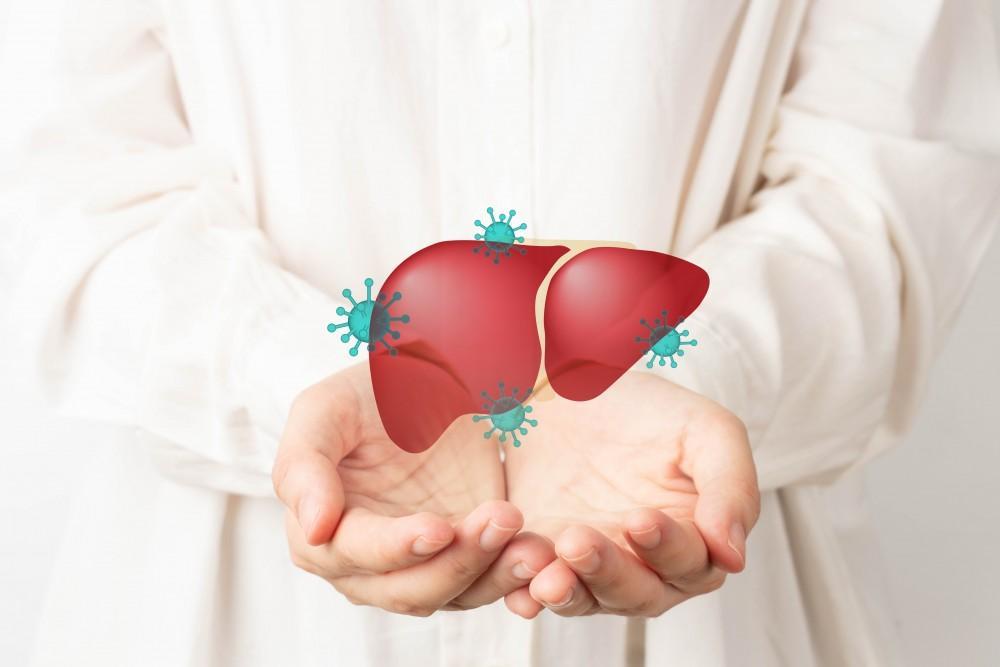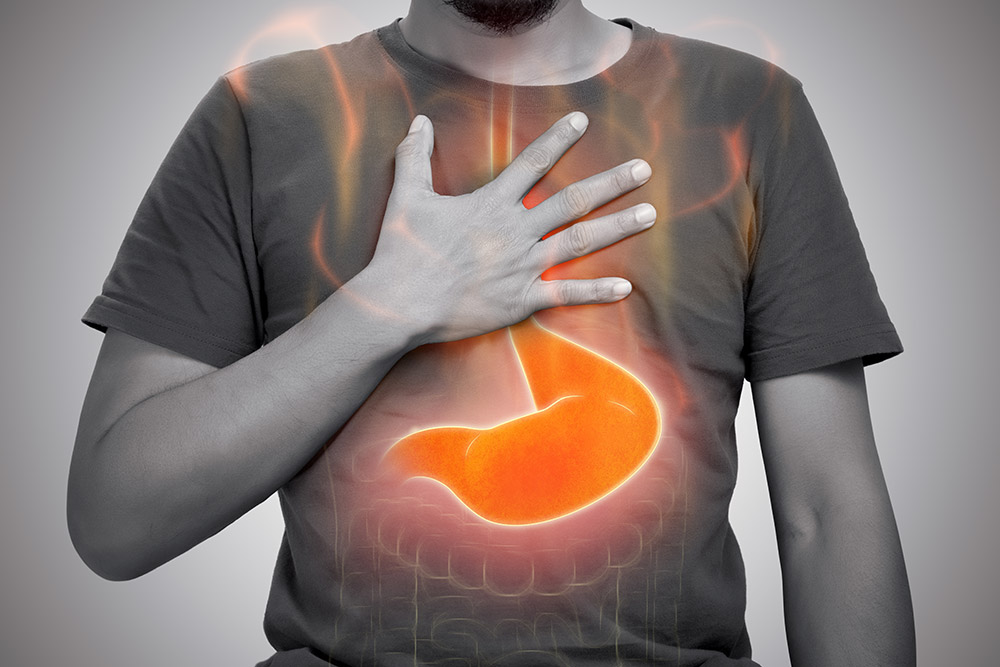What Is Abdominal Distension?
Abdominal distension happens when your belly feels swollen, tight, or full. Many people call this feeling bloating. It may happen now and then or become a regular issue. The medical code for it is ICD-10 R14. At GastroDoxs in Houston, Dr. Rishi Chadha helps you understand what's going on and offers relief. .
Common Causes and Risk Factors
- Excess gas or air in the stomach or intestines
- Irritable Bowel Syndrome (IBS) or Small Intestinal Bacterial Overgrowth (SIBO)
- Food intolerances (e.g., lactose or gluten)
- Constipation or slowed intestinal transit
- Overeating or consuming gas-producing foods (beans, onions, carbonated drinks)
- Stress, lack of physical activity, or being overweight
- Post?meal bloating from food sensitivities
Signs and Symptoms
- Visible swelling or feeling of fullness in the abdomen
- Tight, stretched, or uncomfortable sensation
- Frequent burping, gas, or flatulence
- Early satiety-feeling full after only a few bites
- Mild stomach cramps, aches, or occasional nausea
- Sometimes mild back pain related to abdominal pressure
How Dr. Rishi Diagnoses Abdominal Distension?
Step-by-Step Diagnostic Approach:
Medical History & Physical Exam
Dr. Chadha reviews your symptoms (bloating, fullness, upper-abdominal pain), eating habits, stressors, family history of GI disorders, and performs a targeted abdominal and epigastric exam.
Laboratory Tests
- Complete blood count and metabolic panel to check for anemia, inflammation, liver and pancreatic enzyme levels.
- Celiac serology to rule out gluten sensitivity.
Breath & Stool Tests
- Hydrogen breath tests for SIBO or lactose/fructose intolerance.
- Stool studies to detect infections, malabsorption, or inflammatory markers.
Imaging Studies
- Abdominal ultrasound to evaluate liver, gallbladder, pancreas, and fluid collections.
- CT scan of the abdomen/pelvis for detailed structural assessment if symptoms are severe or unclear.
Endoscopic Evaluation
Upper endoscopy (EGD) to visualize the esophagus, stomach, and duodenum'looking for ulcers, gastritis, or reflux disease. Colonoscopy may be added if lower-GI evaluation is indicated.
Advanced Testing (as Needed)
Gastric emptying study or wireless motility capsule to assess gastric and small-bowel transit; H. pylori testing via breath or biopsy during endoscopy.

Frequently Asked Questions
What is abdominal distension?
Abdominal distension is when your belly feels swollen, tight, or full-often due to excess gas or fluid in the digestive tract.
Why do I bloat after meals?
Large meals, gas-producing foods, or swallowing air while eating can all lead to post-meal bloating.
Can stress make me feel bloated?
Yes. Stress can disrupt normal digestion, slowing gut motility and increasing gas production.
What is the ICD-10 code for this condition?
Doctors typically use R14 to code for abdominal distension (bloating).
Can bloating cause back pain?
Yes. Excess gas can press on surrounding nerves and tissues, sometimes leading to mild back discomfort.
When should I see a doctor?
Schedule an evaluation if bloating is frequent, severe, or accompanied by symptoms like unexplained weight loss, vomiting, or blood in the stool.
What can I do at home to feel better?
Try peppermint tea, apply a warm compress to your abdomen, eat smaller meals, and take gentle walks after eating.
Can food intolerances cause bloating?
Absolutely. Intolerance to dairy, gluten, FODMAPs, and other sugars is a common driver of bloating.
Are probiotics helpful?
Some people find relief with probiotics, but it's best to discuss the right strain and dosage with Dr. Chadha first.
What kinds of tests might be needed?
Depending on your history and exam, you may need breath tests (for SIBO or lactose intolerance), blood work, imaging (ultrasound/CT), or endoscopy/colonoscopy.











